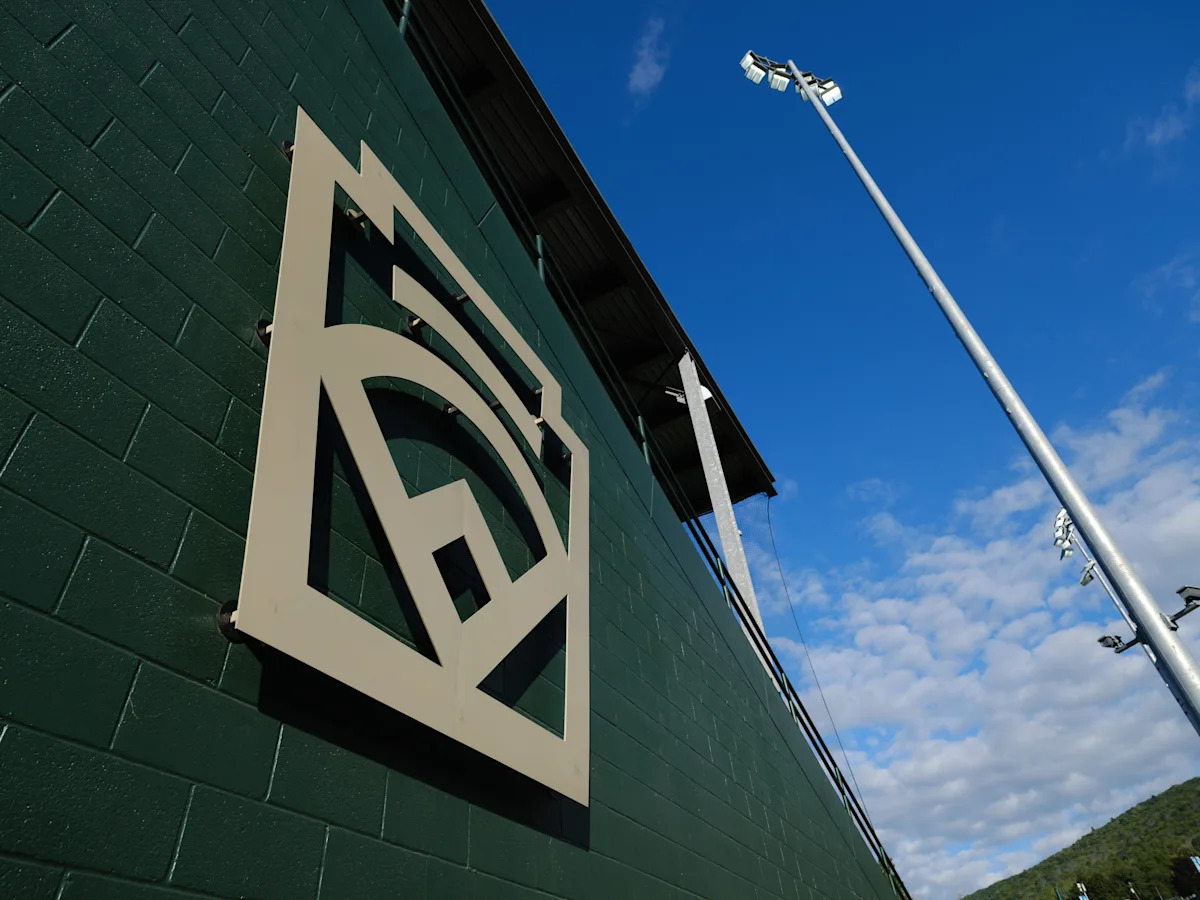Supply Chains Transformed: How Blockchain is Ending Fraud and Delays
Introduction
In an era of globalization, supply chains are the lifelines of commerce, threading together manufacturers, suppliers, logistics providers, and consumers across continents. Yet, these intricate networks face persistent challenges: fraud, inefficiencies, and delays cost businesses billions annually. According to the World Economic Forum, supply chain disruptions and fraud account for over $1 trillion in losses each year. Enter blockchain—a technology once synonymous with cryptocurrencies—now emerging as a game-changer for modern supply chains. By enabling transparency, immutability, and automation, blockchain is dismantling archaic processes and rebuilding trust in global trade. This article explores how blockchain is addressing these pain points, spotlighting real-world applications, synergies with AI and IoT, and the future of decentralized supply chains.
The Fragile Backbone of Global Commerce: Understanding Supply Chain Vulnerabilities
Modern supply chains are sprawling ecosystems spanning raw material sourcing, production, shipping, and retail. Their complexity creates vulnerabilities:
- Fraud: Counterfeit goods, forged documentation, and double-financing scams plague industries like pharmaceuticals and luxury goods. The OECD estimates counterfeit products account for 3.3% of global trade.
- Delays: Manual paperwork, customs bottlenecks, and poor visibility into shipment statuses slow operations. The World Bank reports that trade documentation inefficiencies add up to 20% to transport costs.
- Opacity: Limited traceability leaves companies scrambling during recalls or ethical audits. For instance, identifying the source of contaminated food can take weeks, risking public health and brand reputation.
These issues underscore the need for a system that marries accountability with agility—a role blockchain is uniquely equipped to fill.
Blockchain 101: Decentralization, Transparency, and Trust
Blockchain is a distributed ledger technology (DLT) that records transactions across a network of computers. Its core features include:
- Decentralization: Data isn’t stored in a single location, reducing single points of failure.
- Immutability: Once recorded, entries cannot be altered retroactively, preventing tampering.
- Transparency: Permissions-based access lets stakeholders view real-time data without exposing sensitive details.
In supply chains, blockchain acts as a shared source of truth, enabling stakeholders to track products from origin to consumer while automating workflows via smart contracts—self-executing agreements triggered by predefined conditions.
From Farm to Table: Blockchain in Action
Case Study 1: IBM Food Trust and Walmart
Walmart’s collaboration with IBM Food Trust illustrates blockchain’s capacity to enhance traceability. By scanning QR codes, Walmart can trace the journey of mangoes from Mexican farms to U.S. stores in seconds—a process that previously took seven days. During foodborne illness outbreaks, this speed is critical. In 2018, Walmart mandated leafy greens suppliers to join the blockchain network, reducing contamination investigation times from weeks to mere seconds.
Case Study 2: Everledger and Conflict-Free Diamonds
Everledger uses blockchain to combat blood diamonds. Each diamond’s attributes (cut, origin, certifications) are recorded on a blockchain, creating an immutable provenance trail. This transparency reassures consumers and insurers, reducing fraud in a $80 billion industry.
Case Study 3: Maersk’s TradeLens for Logistics
Maersk’s TradeLens platform, built with IBM, digitizes shipping workflows. By replacing paper bills of lading with blockchain records, TradeLens reduces customs clearance times by 40% and cuts administrative costs. Over 300 organizations, including ports and customs authorities, now use the platform.
Smart Contracts: Automating Trust and Efficiency
Smart contracts eliminate intermediaries in processes like payments and compliance. For example:
- Automated Payments: A coffee exporter receives payment instantly via smart contract once shipment GPS data confirms delivery.
- Customs Clearance: Documentation is pre-verified on a blockchain, accelerating approvals.
Gartner predicts that by 2025, smart contracts will enable a 30% reduction in supply chain overhead costs.
The Role of IoT and AI: A Trio of Transformation
Blockchain’s synergy with IoT and AI amplifies its impact:
- IoT Sensors: Devices monitor temperature, humidity, and location during transit. Pharma giant Pfizer uses IoT-enabled blockchain to ensure vaccines remain within safe temperature ranges.
- AI Analytics: Machine learning predicts delays by analyzing historical blockchain data. Coupled with real-time IoT inputs, AI reroutes shipments dynamically to avoid disruptions.
Walmart again pioneers here, combining blockchain and IoT to monitor shrimp shipments for freshness, reducing spoilage by 20%.
Breaking Down Silos: Cross-Industry Collaborations
Success requires industry-wide adoption. Initiatives like the European Union’s Blockchain Partnership and the Alliance for Blockchain Applications (BAFA) foster cross-border standards. Meanwhile, blockchain-as-a-service (BaaS) platforms from Microsoft Azure and AWS lower entry barriers for SMEs.
A notable example is the partnership between Mercedes-Benz and Circulor, which uses blockchain to ensure ethical sourcing of cobalt for electric vehicle batteries, addressing child labor concerns.
Challenges on the Horizon: Scalability, Interoperability, and Regulation
Despite progress, hurdles remain:
- Scalability: Current networks like Ethereum face throughput limits, though solutions like Polygon and sharding are emerging.
- Interoperability: Fragmented systems must communicate; projects like Polkadot aim to bridge blockchain “islands.”
- Regulation: Governments are catching up, with the EU’s Digital Product Passport and U.S. guidelines on crypto-assets shaping compliance frameworks.
Energy consumption concerns persist, but eco-friendly consensus mechanisms (e.g., proof of stake) and enterprise-grade platforms like Hyperledger mitigate environmental impacts.
The Future Is Transparent: Predictions for Blockchain-Driven Supply Chains
By 2030, blockchain could underpin 20% of global supply chains, per PwC. Trends to watch:
- Tokenization: Physical assets (e.g., raw materials) represented as digital tokens enable fractional ownership and liquidity.
- AI-Driven DAOs: Decentralized autonomous organizations could autonomously manage supply chains via AI algorithms and smart contracts.
- 5G Integration: Ultra-fast connectivity will enhance IoT-blockchain networks, enabling real-time tracking of high-velocity logistics.
Conclusion
Blockchain is not a panacea, but it’s a pivotal tool in reimagining supply chains for the digital age. By eradicating fraud, slashing delays, and fostering collaboration, it’s setting a new standard for efficiency and trust. As industries converge on interoperable platforms and governments solidify regulatory frameworks, blockchain’s potential will only expand. For businesses, the message is clear: adapt to decentralized systems or risk obsolescence. The future of supply chains is transparent, automated, and resilient—powered by blockchain.
(Word count: 1,250)




